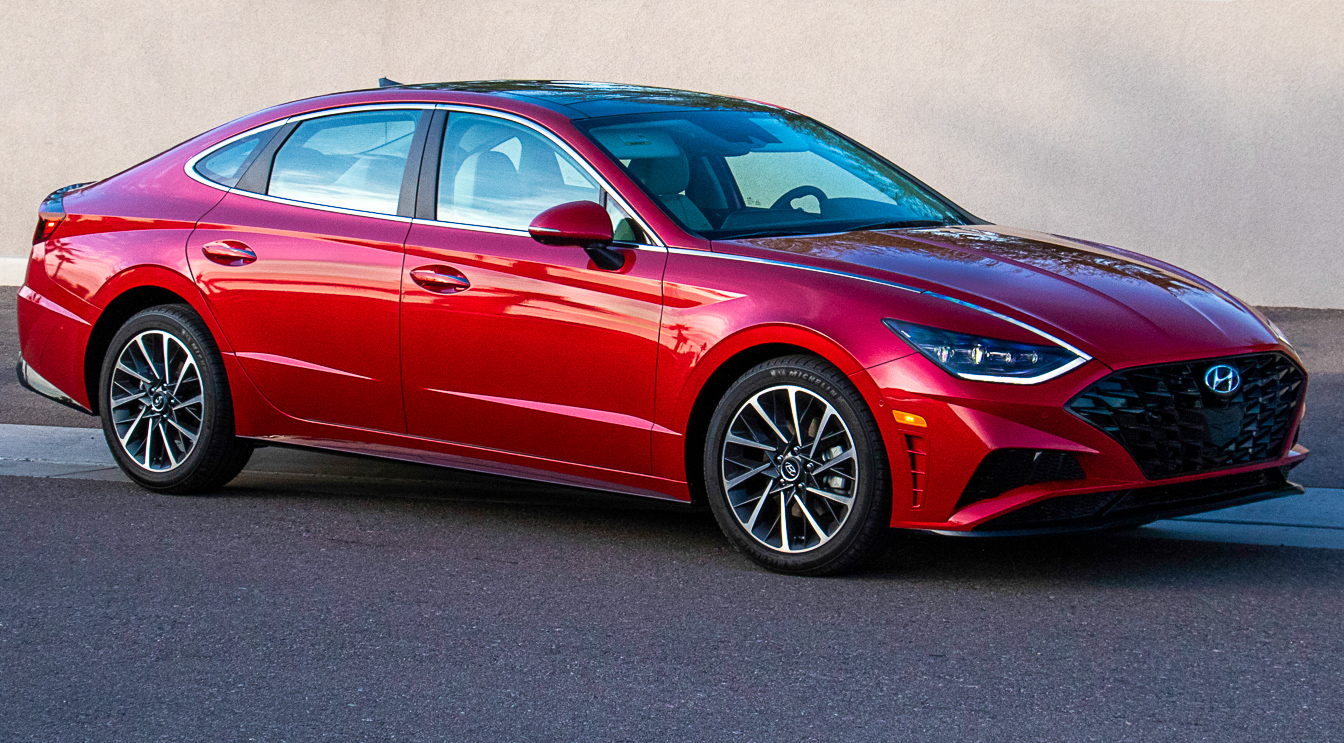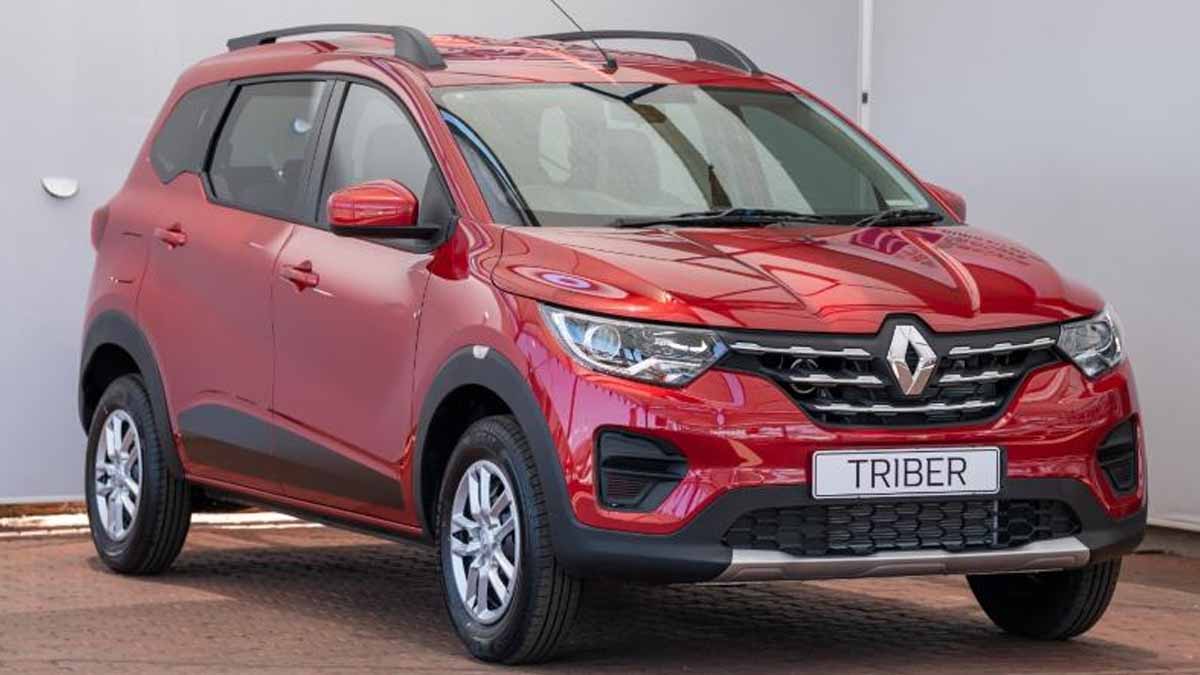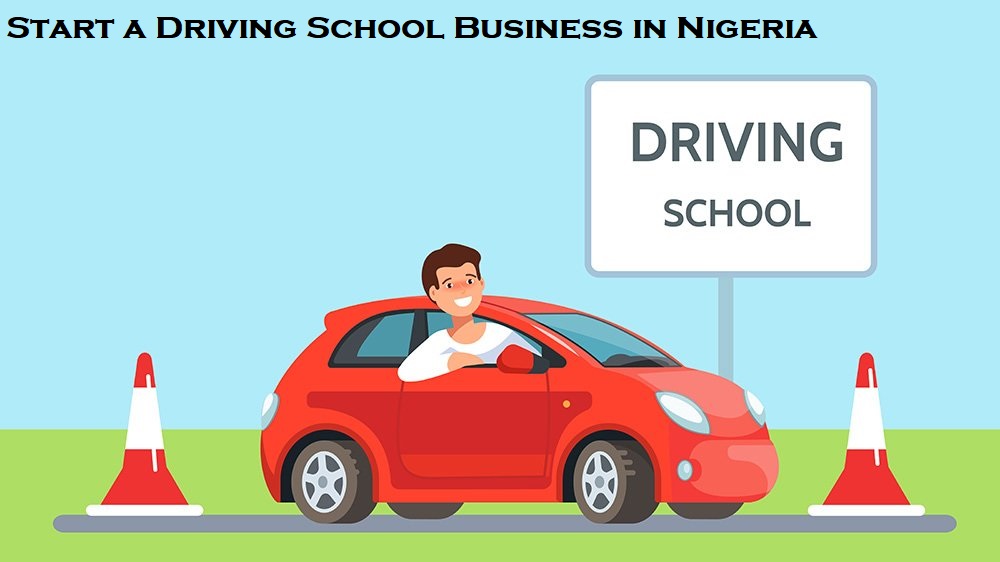Top 10 Features To Look Out For When Buying A Car
Top 10 Features To Look Out For When Buying A Car | Are You Planning To Buy A Car? In This Article, You Will See Great Features To Look Out For When Buying A Car

It is important to know that the features in your car can make a world of difference in your life. While customers are blessed with the option of choosing the convenience and safety features of their choice, it has also become harder to pick the truly essential ones from the seemingly unlimited choices at their disposal as not every feature available in the market for your car is going to be helpful.
Many may say if you can’t reverse your car safely, you better not drive at all. But in big cities, with chaotic parking lots and unreliable attendants, it is better to repose faith in a reversing system. A proximity sensor mounted at the back of the vehicle senses when the vehicle gets too close to an object and warns the driver.
Before selecting dealerships to visit used cars in montclair, search for consumer reviews so you can avoid having a bad experience.
Top 10 Features To Look Out For When Buying A Car
Here are some features to look out for when you go shopping for a car;
1. Anti-Lock Brakes (ABS)
Anti-lock brake systems (ABS) watch individual wheel speeds.ABS has been introduced in the hatchback segment in recent years. One has to pay a premium but then it’s worth the amount as it prevents a car’s wheels from locking up during “emergency” braking.
Basically ABS allows the driver to steer the car and swerve away from harm’s way even under hard braking. Simple physics dictates that a turning wheel has more traction than one that is skidding. This is one sure feature to look out for in a car.
2. Keyless entry
Keyless entry systems allow you to unlock your car by pushing a button on a remote. This feature works by the car sensing that the fob is nearby, without the driver having to press any buttons on the fob.
The ability to quickly get into your car without fumbling for the key is an important safety feature, especially in poorly-lit areas. A number of vehicles have the ability to unlock and raise the tailgate or trunk as well, just by sensing the fob’s presence.
3. Airbags
Airbags are one of the most important safety innovations of recent decades. Airbags provide crucial cushioning for people during a crash. They’re normally hidden but inflate instantly when a crash begins. Front airbags have been required in all new passenger vehicles since the 1999 model year.
The airbag inflates automatically to prevent occupants from hitting the dashboard, steering wheel or windshield. Side airbags reduce the risk of occupants injuring themselves during a side impact. Although airbags are optional, we recommend them. Airbags are now available in affordable cars.
See Also: 10 Fuel Saving Tips That Every Car Owner Should Know
4. GPS Navigation System
A Satellite navigation device, colloquially called a GPS receiver, or simply a GPS, is a device that is capable of receiving information from GNSS satellites and then to calculate the device’s geographical position. GPS navigation systems can pinpoint your exact location and give you turn-by-turn directions (via a small video screen, spoken voice, or both) to help you find your way. Most will also guide you to the closest gas station, ATM, hospital, or police station.
A GPS can help you find your way home or to any other specified location when installed in the car, the GPS can be especially convenient because frequently used addresses can be saved in the system.
5. Rear-Seat DVD Player
This is one essential feature most essential for one with kids.This will help relieve some tension as you drive, a movie or kid song will keep them glue and help you focus as you drive.Many rear-seat entertainment systems include wireless headphones, so you can enjoy the stereo (or the peace and quiet). Another option to consider is a tablet or iPad holder for the back of the car, which can offer a more portable entertainment option.
6. Traction Control
A traction control system, also known as ASR, is typically a secondary function of the electronic stability control on production motor vehicles, designed to prevent loss of traction of driven road wheels. If the system recognizes that a wheel is turning faster than its counterpart on the opposite side of the vehicle, it pulses the brake on the faster-spinning wheel in an attempt to transfer power to the wheel with better traction.
Traction control can be a big help when you’re driving on wet tarmac or other slick surfaces, and if a wheel spins when taking off from a stop.
7. Backup Assist
This feature can help prevent accidents as it gives the driver warning beforehand when it senses anything that can result in such damage.
8. Compare prices
Lavelle also stresses getting detailed pricing info in advance: “Price the car at different dealerships and use online services to get invoice and deal pricing.” A reliable tool is Kelley Blue Book. Use the site’s car value tool to find out the MSRP and the dealer invoice of a car as well as a range of prices you can expect to see at dealerships. TrueCar is also helpful to use.
You can search for and request pricing on any make, model, or year of car. You may get a slew of phone calls, emails, and texts from dealers immediately after, but having information from different dealerships can help you negotiate prices. You should also visit dealer sites to look for rebate offers.
9. Test drive potential purchases
You may want to pass on the test drive if you’re familiar with a particular make and model, but Lavelle recommends taking the time to do it anyway. “It is a good idea to inspect the car and give it a good test drive just to make sure all is working and there are no noticeable squeaks, rattles, or shimmies that could cause you headaches after your purchase,” he says.
See Also: Car Requirements for Uber In Nigeria & Acceptable Vehicles
10. Look at car histories
Before selecting dealerships to visit, search for consumer reviews so you can avoid having a bad experience. However, Lavelle warns that just because a car sits on a reputable, well-reviewed lot does not necessarily mean that the car is issue-free. So he recommends digging deeper, especially for used cars. “Services like CARFAX represent that they can tell you about the car’s life from first purchase forward, so that might be a good place to start,” he says. He also recommends checking the title, which you can do online via the DMV.
We Believe This Article Was Helpful, Don’t Hesitate To Share This Information With Your Friends On Facebook, Twitter, Whatsapp and Google plus.
Copyright Warning: Contents on this website may not be republished, reproduced, redistributed either in whole or in part without due permission or acknowledgement. All contents are protected by DMCA.
The content on this site is posted with good intentions. If you own this content & believe your copyright was violated or infringed, make sure you contact us via This Means to file a complaint & actions will be taken immediately.



